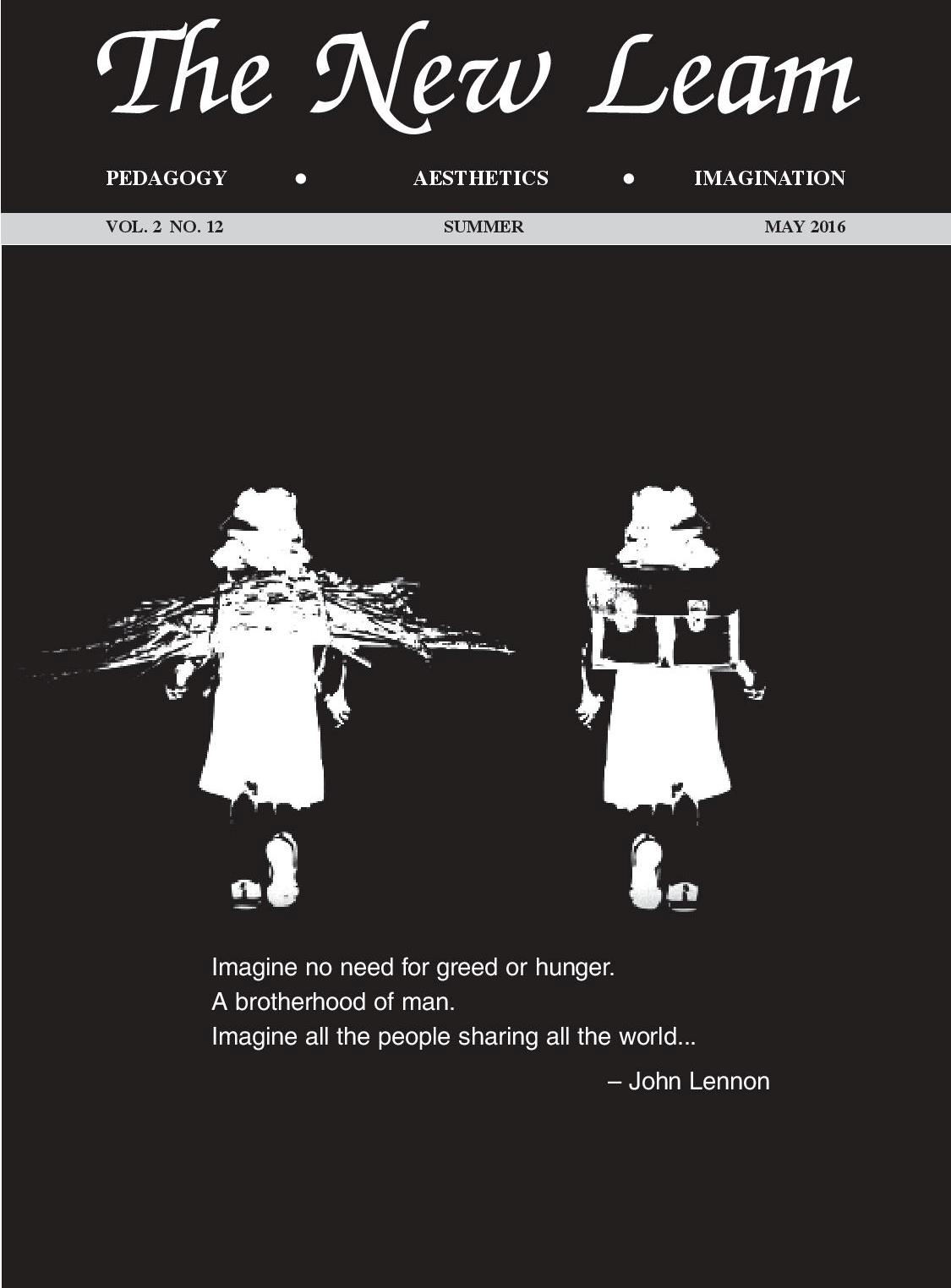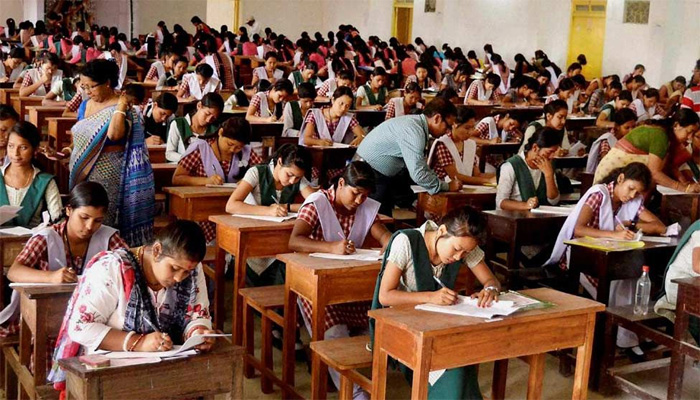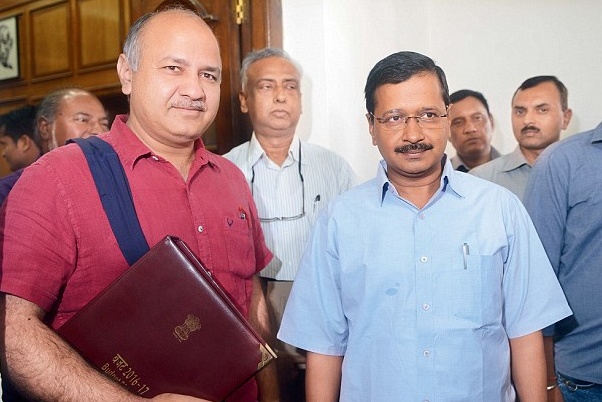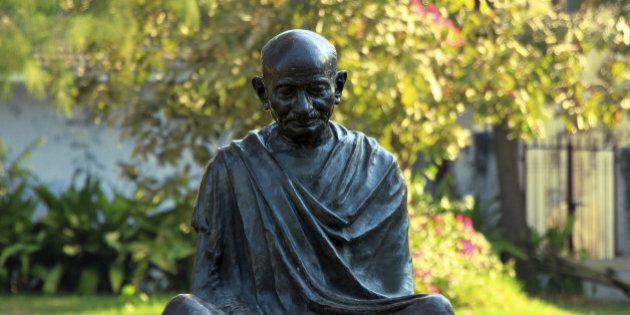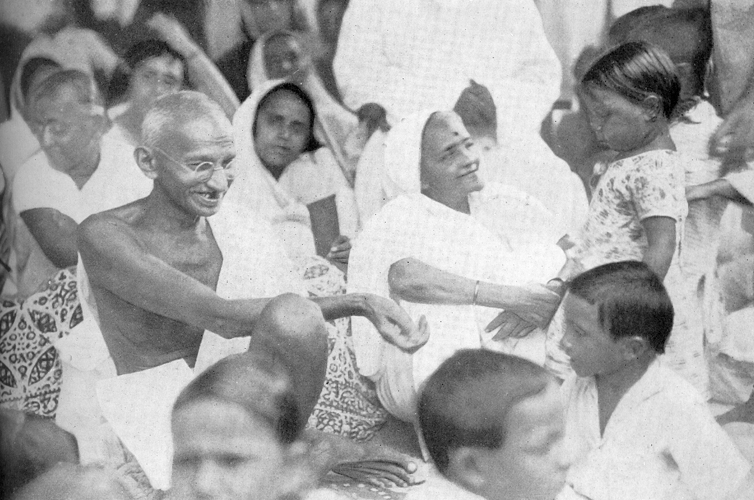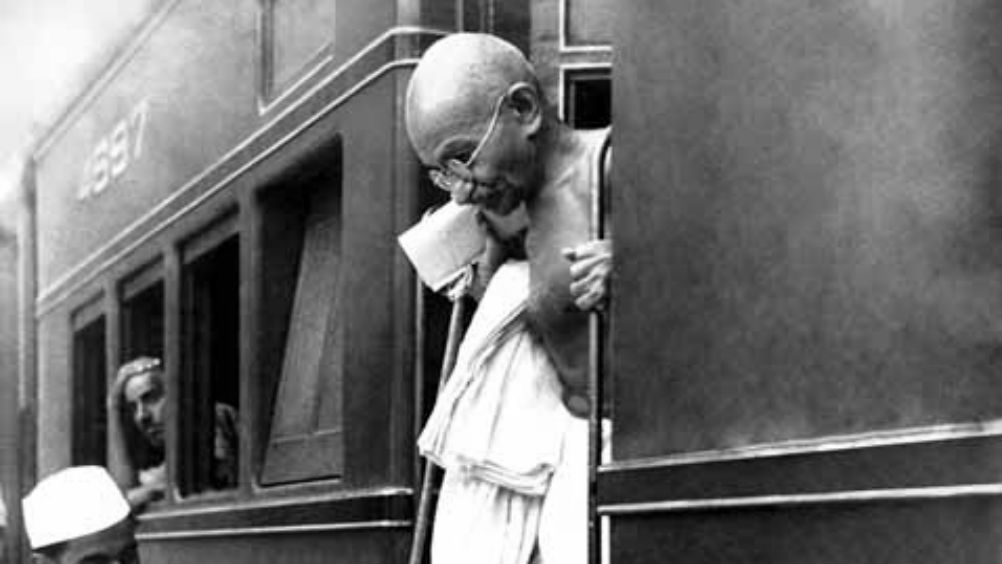Rethinking Examinations and Associated Pressure in Our Educational System: Questioning the Obsession with Numbers
The time of the year is here when school students across the country feel the pressure of the Board Examination results, while media celebrates the success stories many students face the darkest corners of rejection. What is the way out and what is the role of concerned educators, the writer throws critical insights into these questions.
S.Indumathi is currently working with Azim Premji University, Bangalore in the area of Educational assessment. She is pursuing her Ph.D at Tata Institute of Social Sciences. Her interest in education spans in the areas of science pedagogy, science and gender, sociology of education and teacher professional development.
The results are out! This is the time, exam results are announced. The results mentions toppers and their scores. This is celebrated by the parents, schools and everyone concerned. Along with this is the story of failures and news on students committing suicide. Recently data was published on 100% pass percentage and 0% pass percentage in some schools. Why do school leaving examinations matter to us so much, why is there an anxiety to perform or perish?
Education is seen as a pathway to access jobs and it provides hope for social mobility. Education and performance in examination are considered as crucial determinants of life chances. Important decisions regarding education are to be made at 9th and 10th grade like choice of school, medium of instruction, type of school board, pursuit of academic or vocation stream and if academic, which stream to enter- science, arts, commerce, home science etc. Parents follow school reputation and one of the ways to evaluate school performance is based on the examination results and pass percentage in class 10. Huge bill boards with top scorers and pass percentage hang out in many schools and this goes in their brochure for admission. It is sad that all learning is indicated/tagged to some score in examination. What does scores in examination tell us, does it give a real picture of learning? This article explores various systemic concerns and issues in teaching- learning that has led to the situation we are in.
The Current Scenario
- Systemic:
The Position Paper on Examination Reforms, National Curriculum Framework (NCF), 2005 recognizes various pit falls in the assessment and evaluation system of our country and has suggested immediate reforms. The Continuous and Comprehensive Evaluation (CCE) is one such and has been recently implemented in few states. The students of Central Board of Secondary Education (CBSE) have choice of school- based assessment in class 10 but there are very few takers and they seem to prefer board-based exam as there are many boards in class 11 to choose and prepare for competitive examinations later. There is no uniformity among boards in evaluation and other processes of examination, this adds to further chaos, as the student’s scores in different boards are incomparable. A nationwide merit list is unimaginable in this context.
The idea of merit does not also lend to social justice considering the various socio-economic disadvantages that students have. The merit list or examinations do not indicate the process of learning or development of students but only the final scores. For many students, class 10 is the final examination or qualification as they drop-out to enter the job-market. Many are also forced to enter the labor force as they fail to qualify class 10 and could not pursue higher studies.
The state boards are grappling with other kinds of issues. With the aim of achieving universal retention at the secondary level by 2020 through Rashtriya Madhyamik Siksha Abhiyan (RMSA), the states are expected to improve enrollment and retention. The states are in-turn working to improve the over-all pass percentage at class 10 level to meet the goals of RMSA. What methods are adopted to achieve this is the question? Anecdotes of teachers and school management inform that, class 10 state board exam papers are less difficult nowadays and made so to increase the pass percentage by the states. To improve learning levels is not an easy task and hence states have taken the route of reducing the standards as a quick fix.
- Teaching- learning:
Given the situation, the teachers are forced to teach for exams and schools are under pressure to attain 100% pass percentage. This in a way disempowers teachers’ work as knowledge is validated only by the examination (Kumar, 2005). The teaching and learning is centered around examination and teaching for testing has become the pedagogy in most of the Indian classrooms thus restricting varied learning experiences for the students. The question paper analysis of various boards of different subjects conducted by Azim Premji University indicate that most of the boards test only few facts and information. It does not test real understanding and it does not challenge students to think, reason, evaluate, infer and synthesize information. The question papers does not align with the aims of teaching the subject. It only fosters rote learning. The teachers also focus on making students repeat and revise the answers as much of testing is only fact based. There is no scope for innovation or creativity in the classroom as there is pressure to finish the syllabus and prepare the students for examination.
Students are also of the impression that learning is to score good marks in examination. They are under pressure and there is lot of anxiety and stress to perform. The current system is such that students either succeed or fail and there is no mid-path or alternatives that exist. Also success or failure and the learning is measured in numbers and percentage. Success and achievement in examination remains as marker of student identity (as good or bad), but the marks scored is not the real measure of learning or the students’ abilities. Thus the whole examination system is seem to be caught in this vicious cycle of pull and push involving various stakeholders like parents, teachers, school and the state. The students’ bear the brunt and pressure is to perform and compete with others. If the students fail to perform; the teachers, parents and the society are of the assumption that there is a serious problem with the students. The blame is on the students neglecting the failure of the system. Exam related suicides and nervous breakdown is well recorded in our country.
- Way forward:
It becomes important to ask and answer the questions,
What does the exams test students’ for? Is it relevant to the current knowledge economy and the global world? , How does one measure learning and quality of education through such exams? To what extent does it align with the purpose or aims of education? Does it provide any flexibility to students in terms of structure? Whether examinations indicate and gives information about the teaching-learning process in the classroom?
It is also important that the reforms suggested by NCF are implemented. The CCE till class 10 and even 12th standard could be the way to go. It would give a comprehensive insight into student’ learning and development. The final summative assessment could carry 50% or less weightage so that students are relieved from stress. Also staggering the exams and allowing students to complete few papers every term and cumulative scores might be considered.
Scores in the class 10/ 12 examination need not be the only gateway to admissions in higher education programs. A common entrance at the national level like National Eligibility and Entrance test (NEET) for all professional courses could be one possibility, similarly all Universities could conduct comprehensive aptitude test to admit students into under-graduate programs. The under-graduate courses could also consider other aspects like voluntary work, participation in sports, capabilities/ interest in music, drama, arts etc. for admissions.
References:
Kumar, K (2005): Political Agenda of Education: A Study of Colonialist and Nationalist Ideas. New Delhi: Sage Publications

